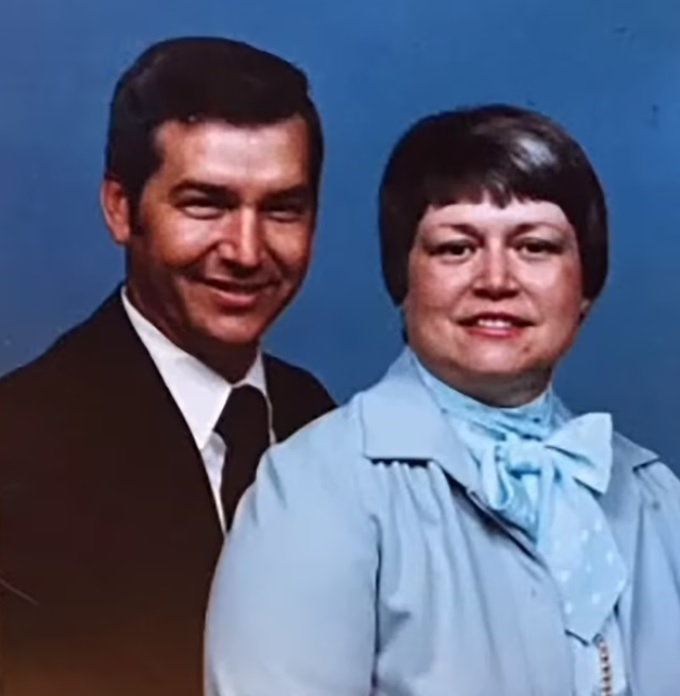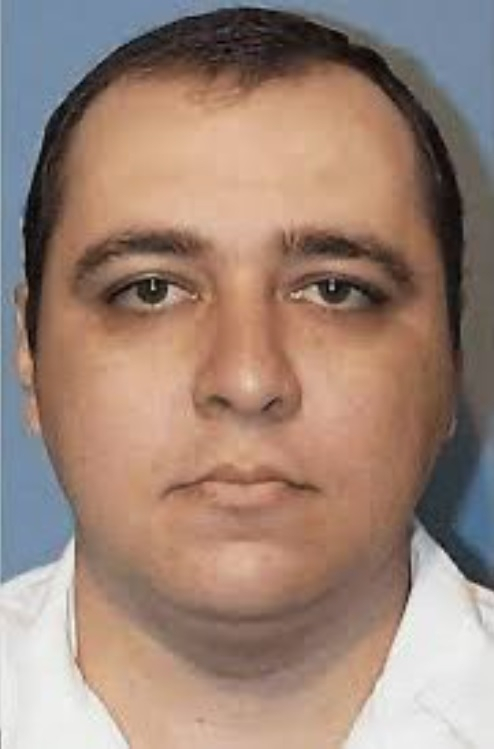Kenneth Eugene Smith took a long time to die, unlike what was expected. He was shaking, writhing, and thrashing movements for a full two minutes after the nitrogen gas started filling up his mask on the gurney. There were five to seven minutes of intense breathing and slight gasping. However, his life didn't end after that.
Smith, 58, remained visibly conscious and struggled in apparent pain for nearly 10 minutes before his breathing appeared to gradually cease at 8:08 pm. What was intended to be a quick and tranquil end to the life of a death row convict turned into a 22-minute ordeal in an Alabama prison on Thursday night.
Painful, Not Painless Death

The viewing curtains were drawn at 8:15 pm, and Smith was pronounced dead at 8:25 pm. So, what went wrong in the process that turned Smith's death from painless to painful?
Despite state officials presenting numerous documents to assure the public and the courts that using nitrogen gas on Smith would be painless, the actual events appeared notably different.

In the viewing room, his wife was in tears, and a correction officer had to check Smith's face to determine if he still appeared alive.
In previous court filings, attorneys expected that Smith would lose consciousness within seconds of the gas flowing, but witnesses saw a stark contrast to these expectations.
Despite assurances that the mask would be airtight to prevent additional oxygen intake and extend any potential pain, witnesses reported hearing gas escaping from the mask during his final moments.
The mask, likened to one used by firefighters, had not been fitted to Smith's face until he was strapped to the gurney. Moreover, Smith was required to convey his final words through the gas mask before the 100 percent nitrogen was passed through its wire.

His last words were: "Tonight, Alabama causes humanity to take a step backwards. I'm leaving with love, peace, and light. Thank you for supporting me. Love all of you."
The prolonged duration and apparent discomfort during the execution have raised questions about why it deviated from expectations. Smith effectively served as a 'guinea pig' for a method of execution never previously attempted.
Execution Method Draws Criticism
Justice Sonia Sotomayor criticized the recklessness of Smith's execution, especially considering his previous botched attempt at capital punishment in 2022, where administrators struggled to find a vein for lethal injection.

While some attribute the Thursday execution's issues to the improperly fitted mask, proponents of the method argue that Smith's suffering was partly his own fault. They claim he deliberately held his breath for an extended period before inhaling the nitrogen.
Alabama Department of Corrections Commissioner John Hamm stated, "That was all expected and was in the side effects that we've seen or researched on nitrogen hypoxia."
Four witnesses, including Smith's wife, son, lawyer, and a friend, observed his final painful moments in the viewing room.
Smith wore his wedding ring as he died in an Alabama prison. Before the proceeding, he signed "I love you" with his left hand to his family. His spiritual advisor, Rev. Jeff Hood, touched Smith's feet with a Bible before the gas was administered at 7:58 pm, describing the 22 minutes as a "horror show."
Smith's wife, wearing a shirt that read "Never Alone," cried out during the execution. At 8:01 pm, a correctional officer in the execution chamber leaned over Smith, examining his face before returning to his post.
Alabama Attorney General Steve Marshall, earlier in the evening, cited experts, including euthanasia expert Dr. Philip Nitschke, who considered nitrogen hypoxia a 'peaceful' way to end a human life.
Nitschke had testified for Smith's legal team, who argued that the risks lay in administering the gas through a mask. In response, Marshall claimed the state's mask was inspected and tight enough to prevent oxygen leaks.
Rev. Jeff Hood, the spiritual guide, described the moment as the 'worst thing' he had ever seen, asserting that prison officials gasped in shock throughout Smith's 22-minute ordeal on the gurney.
"When they turned the nitrogen on, he began to convulse, he popped up on the gurney over and over again, he shook the whole gurney," Hood said.

Smith was sentenced to death in 1996 for the murder-for-hire killing of a preacher's wife in 1988. He was paid just $1,000 for carrying out the hit.
Smith's execution marked the first instance of a new method being used on America's death row since lethal injections were introduced 42 years ago. The shift to nitrogen gas in Alabama for Smith's execution is primarily attributed to the challenges American prisons have faced in acquiring lethal injection drugs in recent years.
The Alabama Attorney General's office said that nitrogen hypoxia was intended to be, and has now proven to be, an effective and humane method of execution.









